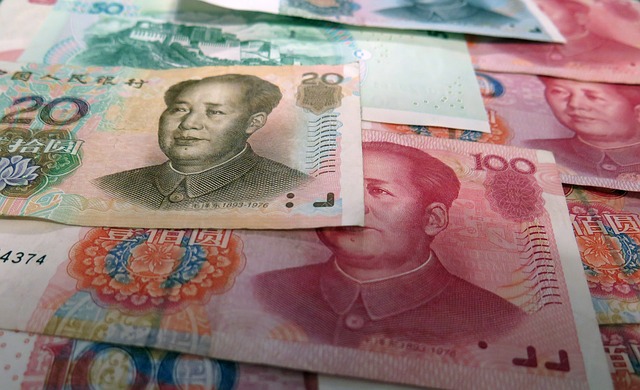Islamabad is considering plans to replace the U.S. dollar with the Chinese yuan for all future bilateral trade between Pakistan and China, the Dawn reported on Tuesday.

moerschy / Pixabay
According to Ahsan Iqbal, Pakistan’s Minister for Planning and Development, the Pakistani national currency would continue to be used domestically, but China’s insistence on using the yuan for bilateral trade has ignited a new set of talks among Pakistani officials.
While speaking to India’s Economic Times, Iqbal said that Pakistan is currently “examining the use of yuan instead of the U.S. dollar for trade between the two countries,” adding that the use of a foreign currency was not against the interest of Pakistan. Stating that such a deal could only benefit the country and that Pakistan’s recent reluctance to use the yuan has not stopped any CPEC investments in Pakistan from going through.
“All projects already identified and committed by the two sides were going through the codal formalities and moved into the implementation phase on completion of these procedures,” he continued.
Iqbal’s address to the media came just days after the formal launch of Long Term Plan (LTP) for the China-Pakistan Economic Corridor was signed by the two sides. The LTP highlights key cooperation areas between China and Pakistan and includes road and rail connections, information network infrastructure, energy, trade and industrial parks, agriculture, poverty alleviation, and tourism. By signing the LTP, both countries have finally revealed for how long they plan on working on the project. According to a report from Russia Today, the plan will be implemented in three phases, the first one ending in 2020, followed by the second in 2025, with the final phase scheduled to be completed in 2030.
With China pledging to invest almost $57 billion in Pakistan in order to fund CPEC, a currency swap arrangement comes as no surprise. According to Reuters, a bilateral payment and settlement system is also expected to be formulated in the near future, creating a strong cross-border credit system and securing financial services between the neighboring countries.













Leave A Comment